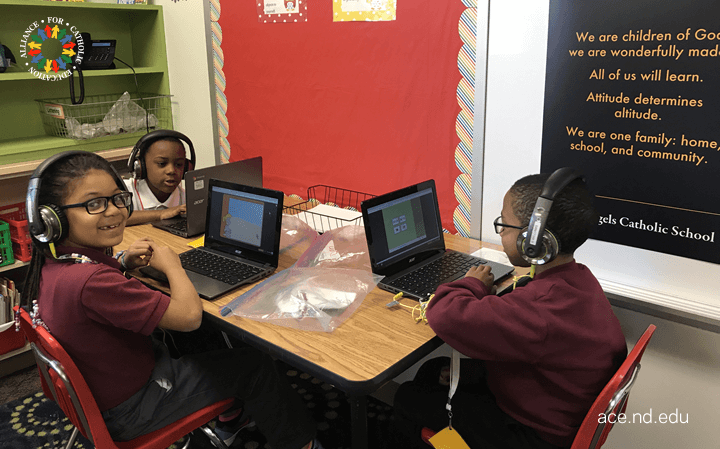If you spend any time in a classroom, you know that new education software seems to be emerging almost every day. The EdSurge Product Index - a comprehensive index of almost all education-related software programs - includes over 500 K-12 curriculum products and more than 1,500 other software programs designed to meet the needs of teachers, schools, and higher-ed institutions. I am thrilled by the number of programs that have been created in recent years. New products drive competition in the marketplace, and this competition ultimately leads the whole industry closer to achieving its common goal: to meet the needs of all students and teachers.
The downside of this wealth of products, though, is that teachers and leaders feel overwhelmed by the many options and unprepared to choose between different products. In fact, one of the most common questions I receive is, "do you have any software recommendations?"
Though I do certainly have advice, my software recommendations are always dependent upon the students' needs and the school's vision for its blended-learning program. I can't simply name a few programs that every school should use. Instead, I want to empower teachers and leaders to evaluate the software and decide if these will be good fits for their schools by asking five key questions.
1. Is it adaptable?
Part of the nature of blended learning is that students work on content that is at their "just-right" level: not too easy or boring, and not too hard or overwhelming. A good software program should have a way to determine each student's individual level, whether that be a built-in diagnostic assessment or the capability of integrating with outside data sources-and delivering content to the student at that level. Of course, a teacher could use a non-adaptive software program to create a personalized learning plan for each student at his or her level as determined from other data, but this adds quite a bit of work to the teacher's plate.
2. Is it assignable?
Having said that, it may still be important for teachers to be able to assign online content to their students. There are a number of scenarios when it is ideal for teachers to assign online lessons: when they notice that the student's actual level of mastery is different than the level determined by the content providers; when they deliver small-group lessons and want to use the online work as a formative assessment; or when they want students to review important concepts or standards. Again, assignability is not necessarily a requirement for a great software program, but blended learning is often most effective when teachers can influence a student's personalized online learning plan.
3. Does it include instruction?
Many teachers worry that students will flounder when they are working independently online, and this often happens when students use programs that include only practice rather than a combination of instruction and practice. A software program that includes both instruction and practice allows students to learn independently instead of merely practicing concepts they already know or should already know, which ultimately enables personalized learning rather than cyber-sitting. Though it can be helpful for schools to incorporate programs strictly for the purpose of practice, teachers and leaders should know what a program is designed to do and how they can therefore employ it in their blended classrooms.
4. Does it provide actionable data?
As I mentioned in an earlier post about Higher-Powered Learning, our vision for blended learning relies on teachers using data from software programs to deliver instruction that meets the needs of each student. This is only possible if the data from the software programs the students use is easy for the teacher to understand and use. As educators evaluate software programs, they should ask what information is available and how it is displayed-then ask if teachers and leaders could actually use that information to personalize learning for their students.
5. Would you want to use it?
Last but certainly not least, adults choosing software programs for children should consider the student interface. Is the program fun for students to use? Does it include engagement mechanisms and tools that allow students to monitor their own progress? Too often, I see students using programs that look like standardized tests or digital worksheets. While engagement is not the only important factor in choosing a software program, keep in mind that students will be using the program every day and will learn exponentially more if they are excited to do so. If you wouldn't want to use the program for at least an hour every day, don't make your students do it.
There are, of course, important factors that did not make this list of questions (most notably price) so please do not mistake these questions for a comprehensive guide to choosing edtech resources. But if you are choosing software programs and don't know where to start, start here!
If these questions are helpful to you or if I left out a question I should have included, let me know in the comments. I would love to learn from you so that our whole community may better serve the students we love.
 Alliance for Catholic Education
Alliance for Catholic Education
